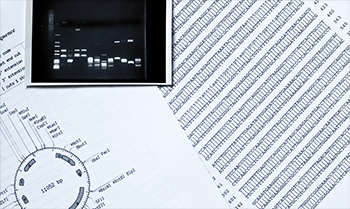£300 million in new investments for Genomics England

Genomics England was set up by the UK Department of Health to deliver the 100,000 Genomes Project. Initially the focus will be on rare disease, cancer, and infectious disease. The project is currently in its pilot phase and will be completed by the end of 2017.
These are exciting times for large-scale sequencing projects. Last week, U.K. Prime Minister David Cameron announced over £300 million ($509.4 million) in new investments for Genomics England, which aims to sequence, analyze, and store the genomes of 100,000 UK National Health Service (NHS) patients by 2017. The investments include about £162 million ($275.1 million) from Illumina Inc. (NASDAQ:ILMN), the partner for the sequencing element of the project. In turn, Genomics England will pay Illumina about £78 million ($132.4 million) for its services.
At the same time, the Wellcome Trust will put £27 million ($45.8 million) into a new sequencing hub at its genome campus in Cambridge; the Medical Research Council, or MRC, is investing £24 million ($40.7 million) to support data analysis and interpretation, and the NHS will make £20 million ($34 million) available for the establishment of patient sequencing centers.
This is a prime example of how the implementation of sequencing technologies promises to drive a revolution in the structure of medical research. These new projects aim to capture more data on human DNA than ever before, with the goal of advancing care and solving healthcare challenges.
The 100,000 Genomes Project, developed by the NHS, has the potential to significantly influence the global community through its plans to integrate sequencing data into standard medical practice.
Genomics England plans to generate 100,000 whole genome sequences from NHS patients with cancer, rare diseases, and other conditions, and to share the resulting data for research and development purposes. In the early phases, the program will also seek to develop standards for consent, sample storage, data generation and variant analysis that may be useful for many other organizations conducting large-scale projects within public health systems.
The project is enlisting the help of organizations from around the world to undertake this significant effort. In fact, it recently selected Illumina to conduct the sequencing efforts and is evaluating technologies for storing, annotating, and interpreting the data so that it can be used for both clinical diagnostics and drug discovery, development, and delivery to the right patients.
The challenges of analyzing data on such a large scale are formidable, but the end result carries great potential to address some of the significant unmet medical needs. NextCODE’s technology has already accomplished analytics on this scale based on its work with the Icelandic population through deCODE genetics. It’s an exciting prospect for advancing the future of genomics-driven medicine and one to watch.



